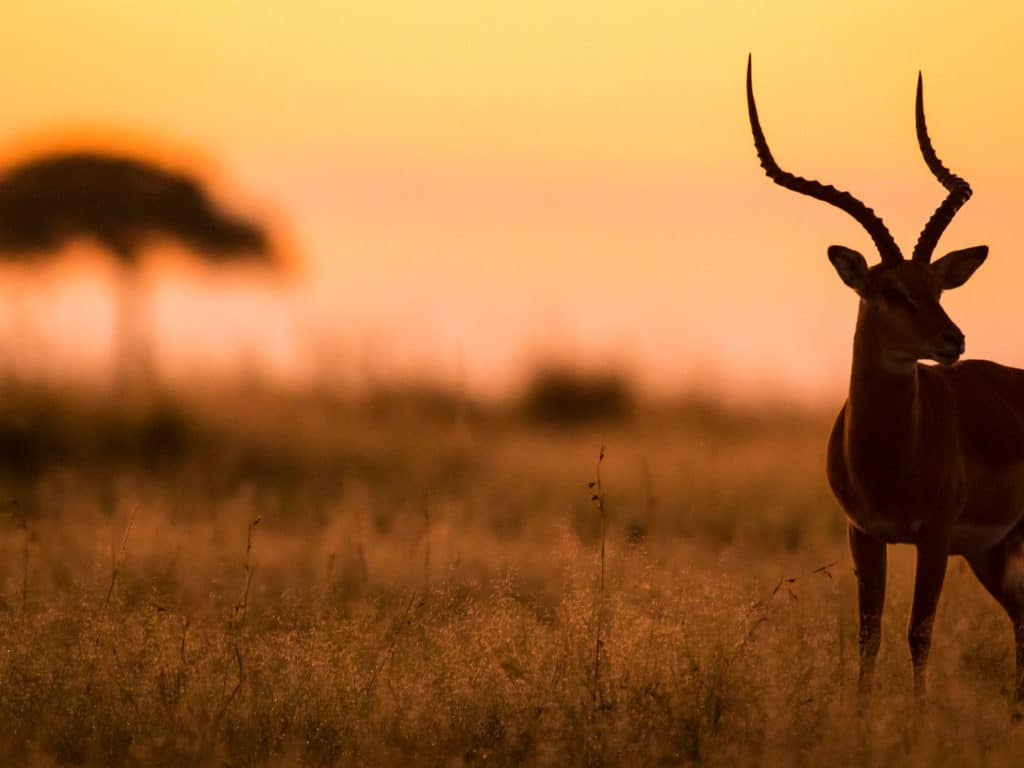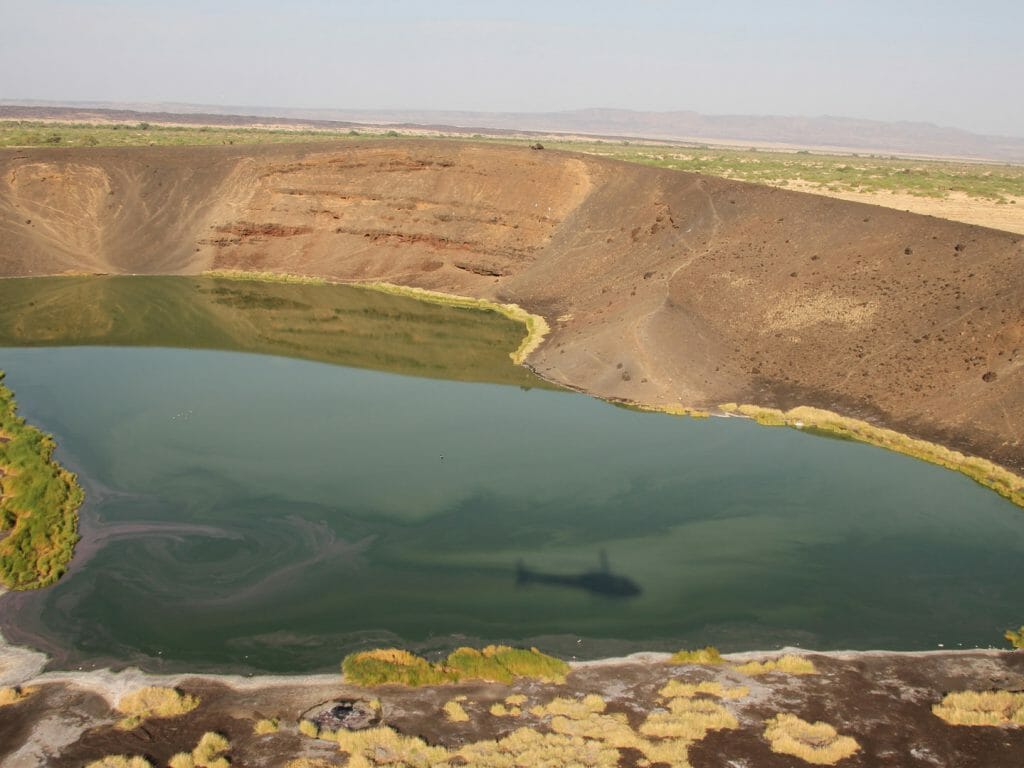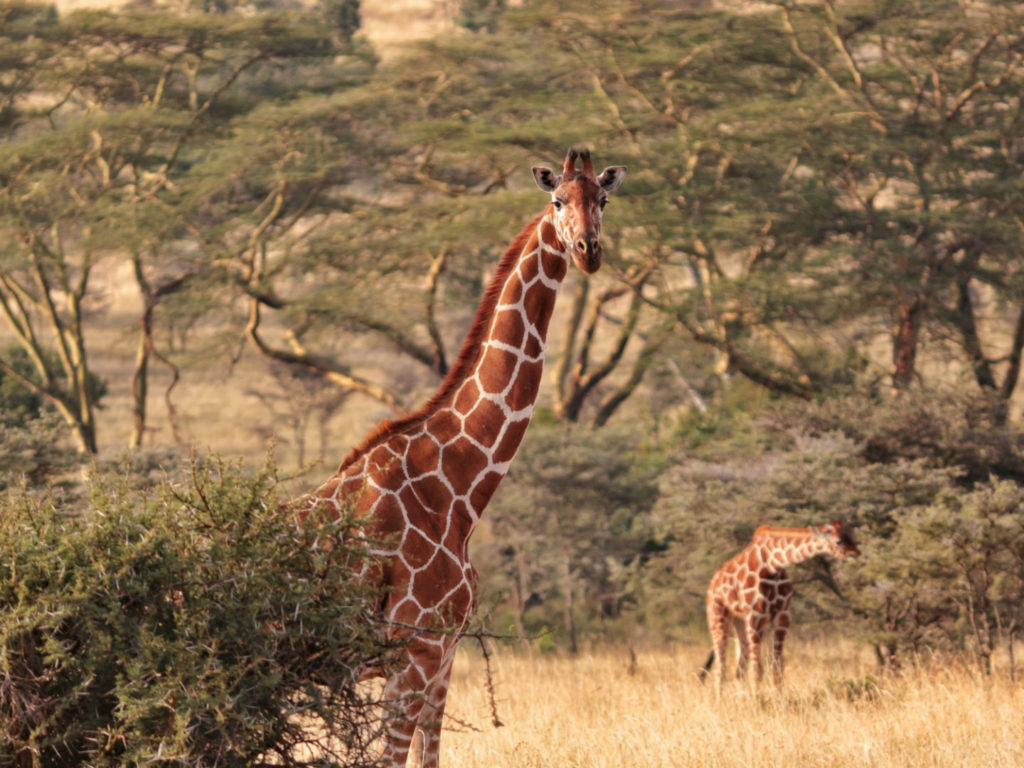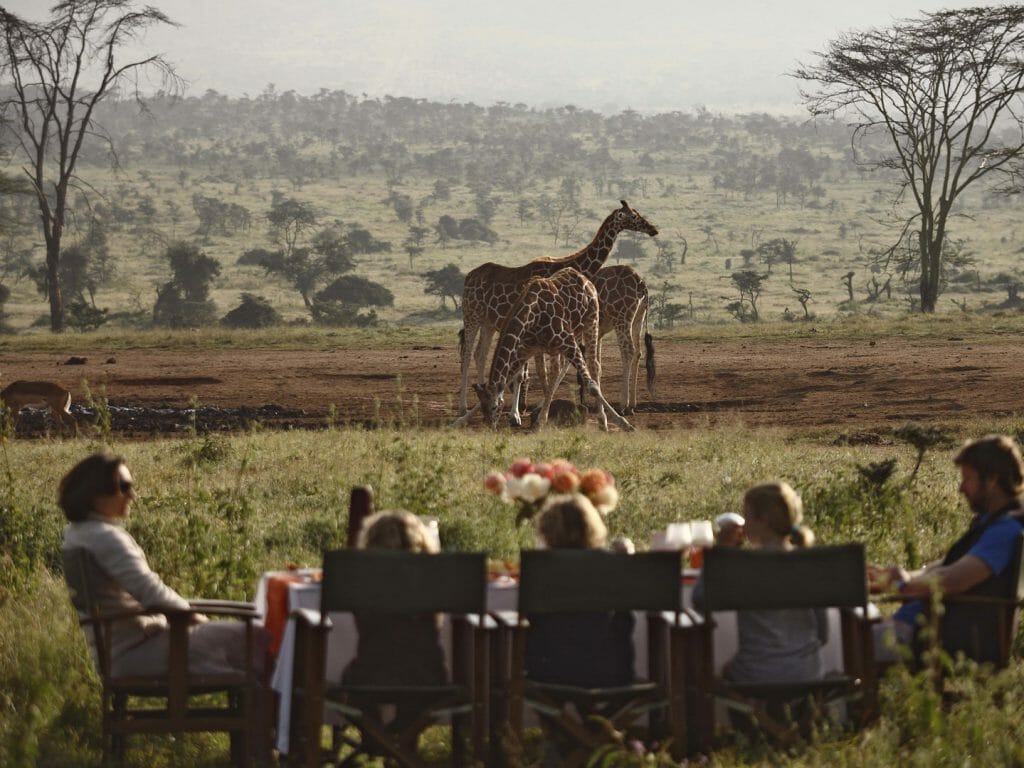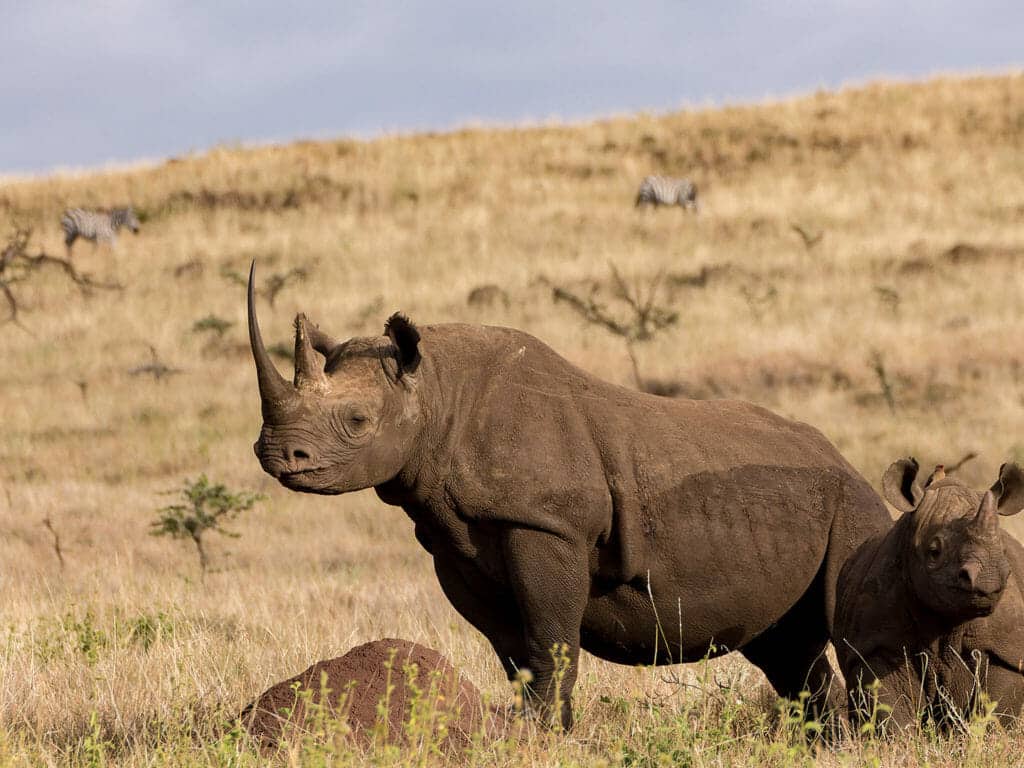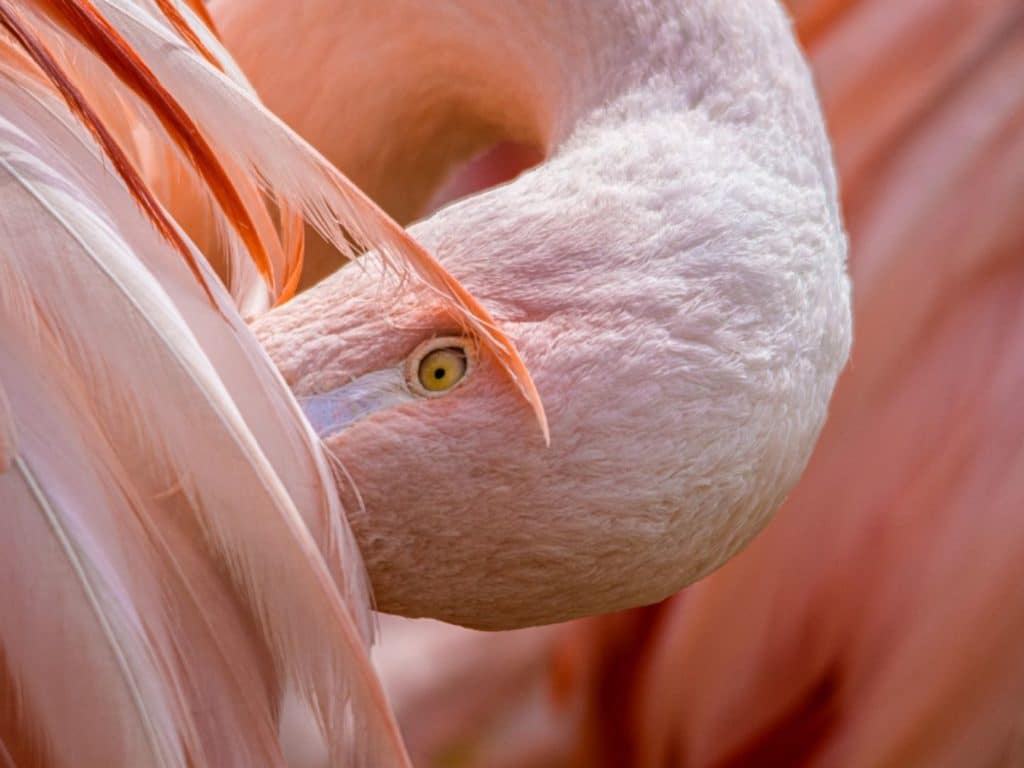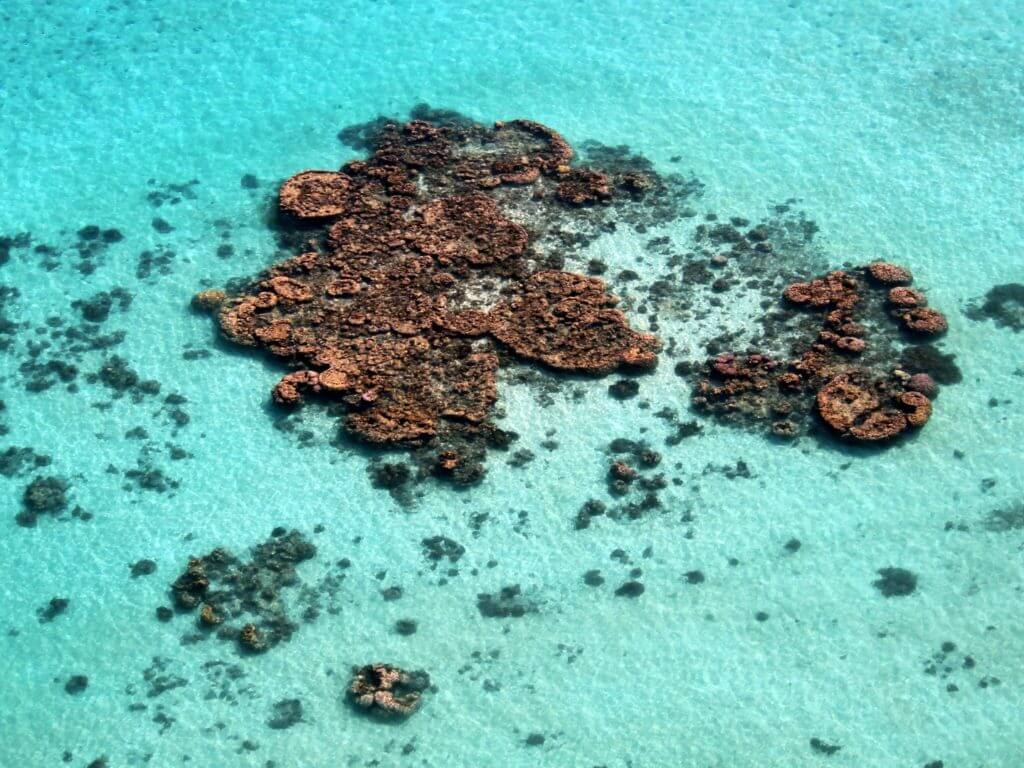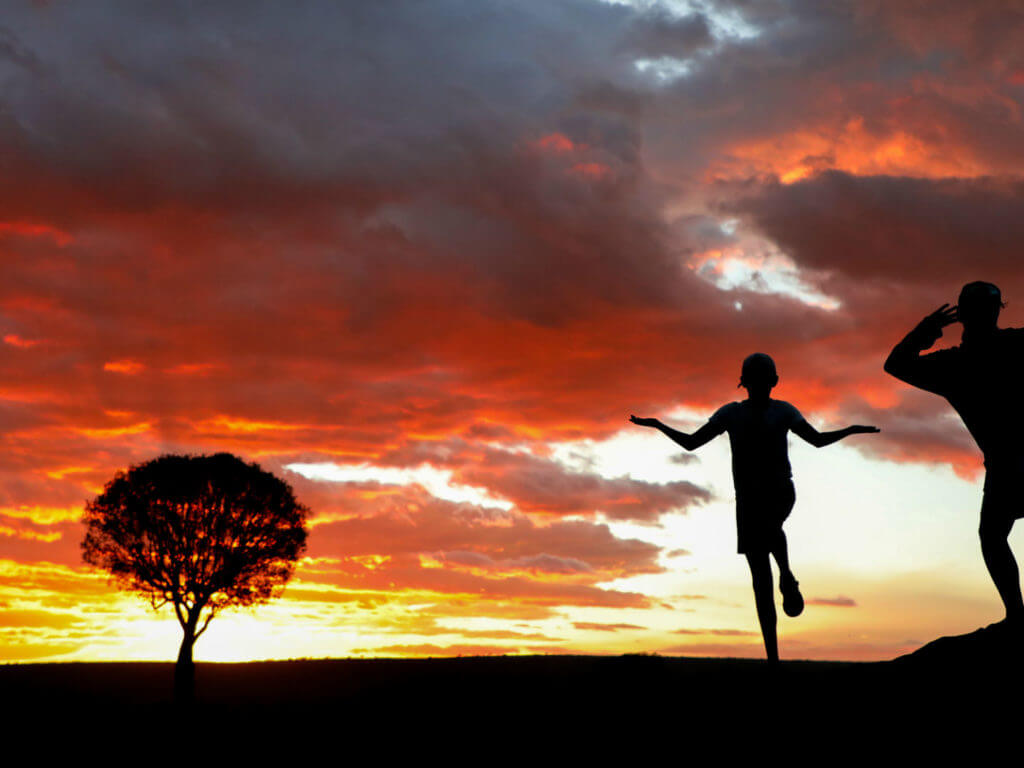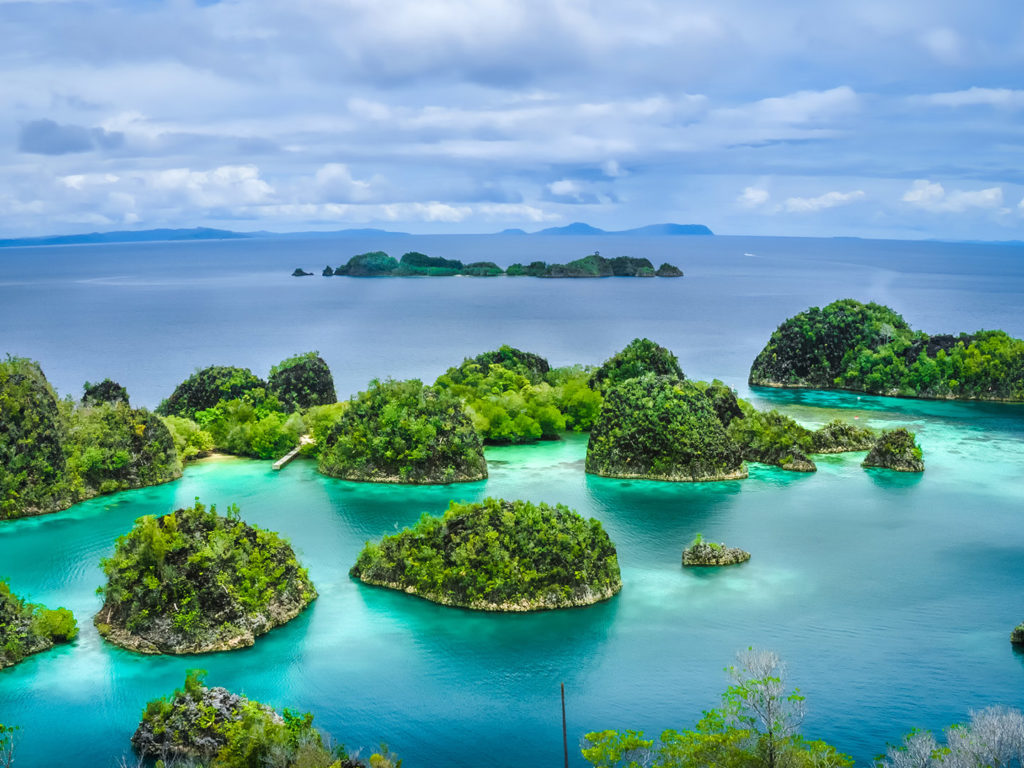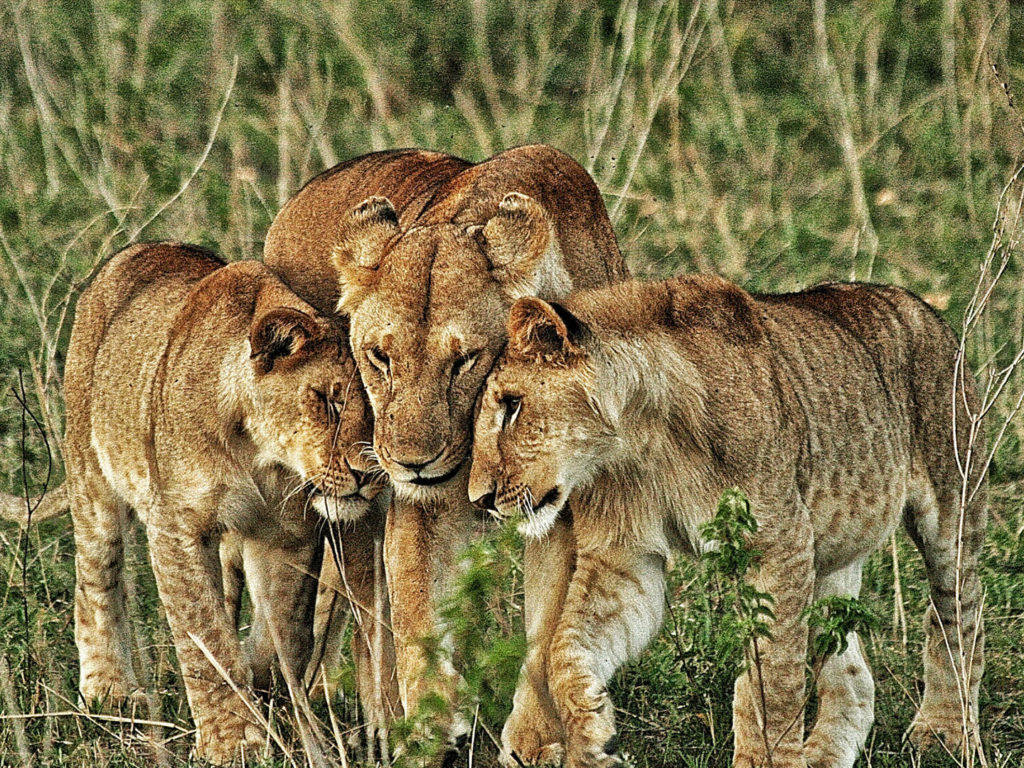As we arrived our pilot told us that Lemarti’s is a spiritual place and people come away changed. I don’t know if it was the relief of knowing that the Lewa marathon was over, or if we were truly touched by the spirit of the place – but we certainly came away with a sense of calm and in touch with nature.
From the smooth, rich feel of the reclaimed cedar beams under our bare feet to the concert of bird song that welcomed us to our luxurious tent, it was clear we had entered a different world.
Lemarti himself, is a laid back host, very entertaining out in the field, but leaving his guests to amuse themselves once back at camp. And Anna has thought of every luxury, her taste is exquisite, part Kenyan – part European, but very naturally chic and comfortable. A fascinating selection of books tempt one to stay lounging in the mess tent, as well as the tactile local games carved in wood that lie around. But there is barely any time to relax. Whether it is having your tin bath drawn by the colourful Samburu staff, following elephant footprints along the muddy riverbank or watching baboons through binoculars – there is a host of new experiences going on.
Our first ‘proper’ excursion, but it actually could not have been more casual, was a walk along the river to Kockei’s honey tree. High up in the trees, rolled drums of bark are hung for bees to create their hives. Every local has his own tree and can only collect honey from ‘their’ tree. Firstly, fire is lit – the natural way, rubbing a branch of fig wood against cedar. Some small branches are tied together and lit to create smoke. Kockei straddles a leather strap and hoists his way up the trunk of his tree. Balancing 20ft up, the smoking bundle is passed to him, along with a leather pouch for the honey. He climbs further, reaching about 40 ft with no safety harness and sometimes just the bare pads of his feet to grip. His only protection is his kakoi’s wrapped over his face, as he smokes the bees out of their hives and then reaches in to grab dripping honeycomb from within. Eventually, when he has exhausted that hive’s supply, he nimbly shimmies down the tree and generously offers us the MOST delicious fresh honeycomb I have ever tasted. And as if that was not adventure enough, half an hour later, Lemarti is chasing elephants down the hill with his four-year-old daughter on his shoulders.
There is a wonderful acceptance of guests into their lives. Later that evening we sat around a campfire as the nonstop chatter between the Samburus went on and on, completely disregarding the fact that we could not understand a word, they would discuss, the quality of the honey, the elephants, perhaps the tyres of the custom made jeep or the goat they slaughtered the night before. Then one of them would break into song and the group would join in with their un-European harmonies. But it was not contrived, it was all totally natural and easy.
The food, made by Paul, the illiterate chef, is delicious, the recipes created from memory. Lovely light soups followed by salad and meat for those who need more and heartier more filling meals in the evening. A drinks trolley, weighed down with an airport selection of spirits, liqueurs and wines and puddings in perfect quantities, leaving you wanting more.
Nighttime, we are led to our tents by a torch-bearing Samburu, past the sounds of the cicadas and the nightjars, to our glamorous tent, all zipped up and free from nasty night beasties. A plume of ostrich feathers on a spear is the Samburu sign that a man is visiting his woman, and this is the Do Not Disturb sign at Lemarti’s that you plant outside your tent to show you are inside.
At dawn, it is the sound of leopards, baboons or elephants that awaken you before the birdsong begins again. The camp is directly opposite the huge Impala Ranch, a 50,000-acre wasteland given to the Smithsonian for research and totally devoid of tourism. But guests at Lemarti’s can be taken on game drives here, crossing the river in Lemarti’s very swish, leather seated jeep and driving for hours in a wilderness filled with giraffe, elephant, lion, buffalo and hippos – as well as the endless zebra, impala and waterbuck, dik-diks, vultures, eagles, tortoises, snakes and rare wild dogs. Anything can happen here and although there are rangers, there is a great sense that you are the only tourists – something so rare in Kenya today.
After another delicious lunch, there is the chance of a massage or a siesta, before the local dancers arrive to show off how high they can jump. Elegant warriors in their beads and colourful sarongs, with plaited hair caked in red ochre, pogo their way around the garden, attracting the attention of the pre-pubescent girls who come gilded in necklaces of red beads and royal blue capes. It is a ritual, but one they obviously enjoy.
The staff at the camp have carefully chosen one representative from each local community so that no two villages benefit more or less from working in the camp – so the dancers, enjoy coming to Lemarti’s camp, they meet one another, see some new girls, and catch up on news.
That night Anna Trzybenski, our hostess, regaled us with stories of how she met Lemarti and took him to Europe and America, it is a romance that in itself is the biggest adventure of all. In the background, a local crooner sat under the magic fig tree and plucked his homemade instrument late into the night.
It was casually suggested the next morning that we visited the local market, an hour’s drive from the camp. This was in fact, the highlight of our visit, filled with preening warriors and clusters of local girls all in their fantastic colours and beads, circulating, meeting, exchanging goats and soap and not a tourist in sight. Genuine, real, amazing Samburu life, carrying on regardless as to whether we were there or not. A goat cost £30, a camel £200 and thousand-mile shoes, £4. It was difficult to keep my itchy fingers from taking photos of everyone and everything, but without the camera it all carries on naturally, unselfconsciously and the moment a black piece of equipment is pointed at them, the chemistry changes. For the morning we just mingled with this marvellous crowd as naturally as we could, before being driven back to Lemarti’s for a last farewell lunch.
Our visit was short, we could have easily stayed another 2 nights. We didn’t even get to play in the muddy water slide down the side of the river. But it is the sort of place, I’d like to return to; somewhere I’d like to share and show friends. Very happy, very comfortable and very unusual if not unique. Glorious!


